Understand
Mulege, located 38 miles south of Santa Rosalia, is nestled between picturesque hills in the captivating Baja California Sur. This charming village thrives in a vibrant valley, blessed with a life-giving stream that flows towards an estuary and eventually meets the sea. The landscape is adorned with towering palm trees, orchards, and fences adorned with colorful bougainvilleas. The discovery of Mulege can be credited to the explorer Jesuit father Juan Mara de Salvatierra. During his return from a journey to Sonora, Salvatierra stumbled upon this idyllic location. In 1702, Salvatierra embarked on the first exploration trip, and his fellow priests Francisco Mara Piccolo and Juan Mara Basalda arrived in August 1703. Father Juan de Ugarte, a remarkable Honduran Missionary, left an indelible mark on these lands by founding the mission called Santa Rosala de Mulege in 1705. The name "Muleg" has its origins in the Cochimes voice "Carmaac galex," meaning "Large Ravine of the White Mouth." In 1719, a significant achievement took place when the first vessel built in the Californias was launched in the Bay of Santa Ins, utilizing wood from Mulege's mountainous region. This remarkable feat was accomplished by none other than Father Juan de Ugarte, who named the ship "Triunto de la Santa Cruz." This vessel served the colony for an impressive 54 years. Father Francisco Escalante commenced the construction of the mission's church in 1754, and it was completed in 1766. Made of stone, the mission stands out with its distinctive "L" shape and a tower erected slightly behind its main facade. The simplicity of the California missions is evident in its design. Although abandoned in 1828, the church has undergone several restorations, maintaining its original appearance. Inside the mission, visitors can marvel at a 17th-century statue of Santa Rosalia and a bell. Mulege holds historical significance for its heroic resistance against the North American invaders on October 2, 1847. Under the command of Captain Manuel Pineda, a group of Mexican forces, volunteers, and residents of Comundeos valiantly fought and defeated the enemy. Another notable landmark in Mulege is the old state penitentiary, which was completed in 1907. This distinctive jail set itself apart from others by not having bars. Prisoners were allowed to work outside during the day, only needing to return at night. Escape attempts were rare, as fellow prisoners often pursued escapees to bring them back. The warm and respectful interaction among the diverse population of Mulege nurtured a close-knit community, contributing to its reputation as the best hosts in Baja California Sur.
Map & Climate
Popular Foods
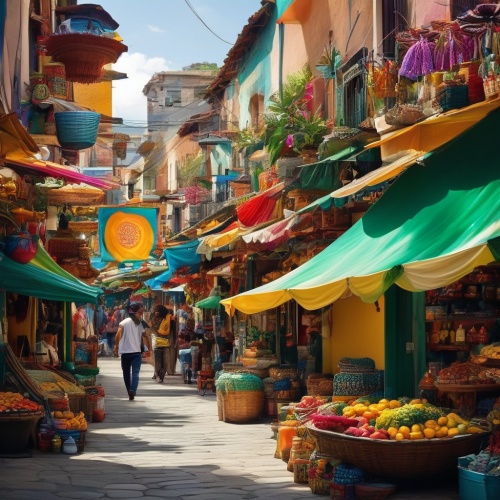 **Tacos al Pastor**: A traditional Mexican dish consisting of marinated pork (although sometimes made without meat or with chicken and other meats) cooked on a vertical spit, then thinly sliced and served in corn tortillas. The dish is typically garnished with pineapple, fresh cilantro, and diced onions, and accompanied by a spicy salsa.
**Tacos al Pastor**: A traditional Mexican dish consisting of marinated pork (although sometimes made without meat or with chicken and other meats) cooked on a vertical spit, then thinly sliced and served in corn tortillas. The dish is typically garnished with pineapple, fresh cilantro, and diced onions, and accompanied by a spicy salsa. **Mole Poblano**: A rich, complex sauce originating from the region of Puebla, mole poblano is typically made with a combination of chili peppers, nuts, seeds, chocolate, and spices, resulting in a slightly sweet and deeply flavorful sauce. It is often served over chicken or vegetables, and garnished with sesame seeds and edible flower petals.
**Mole Poblano**: A rich, complex sauce originating from the region of Puebla, mole poblano is typically made with a combination of chili peppers, nuts, seeds, chocolate, and spices, resulting in a slightly sweet and deeply flavorful sauce. It is often served over chicken or vegetables, and garnished with sesame seeds and edible flower petals.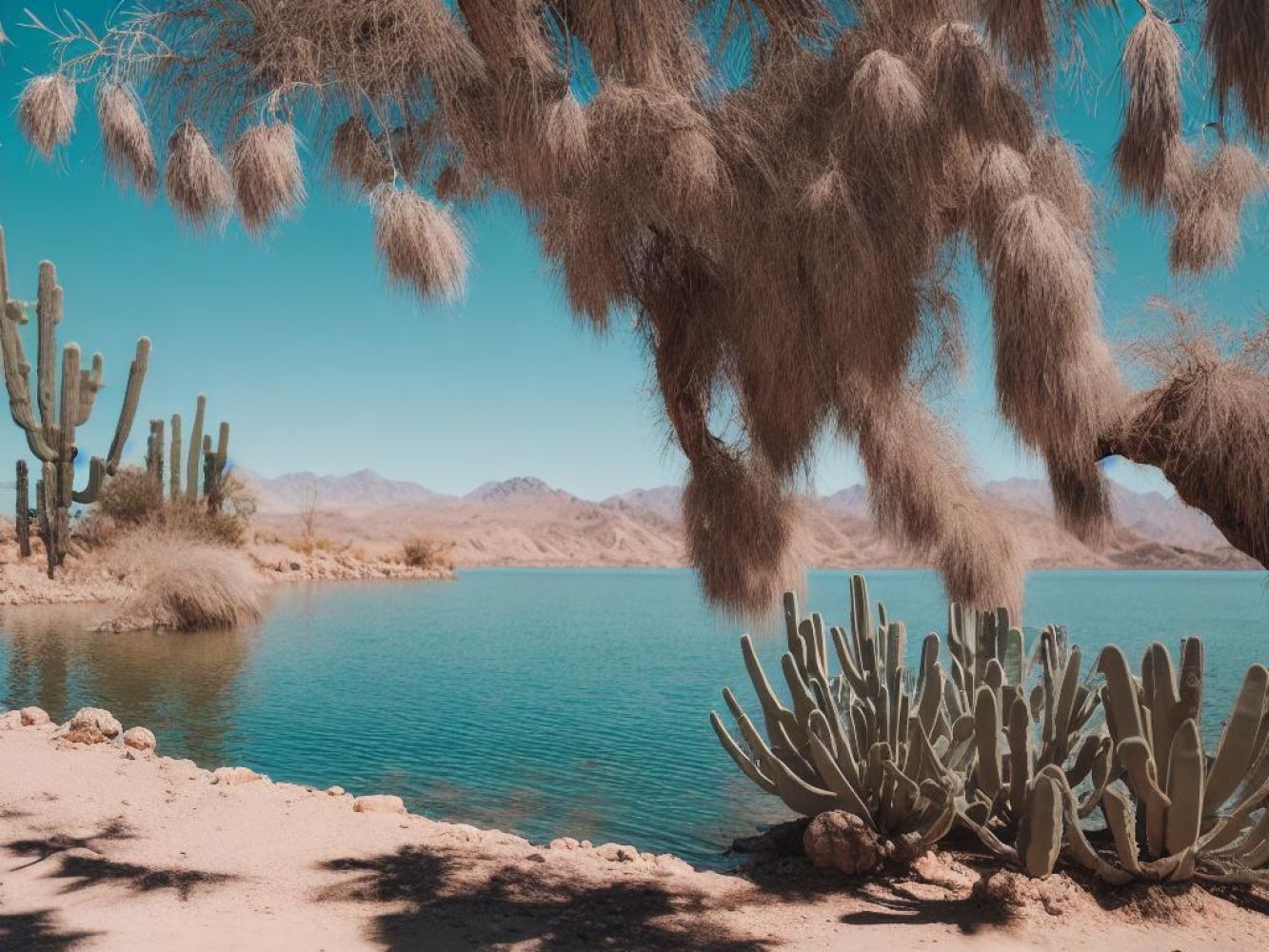
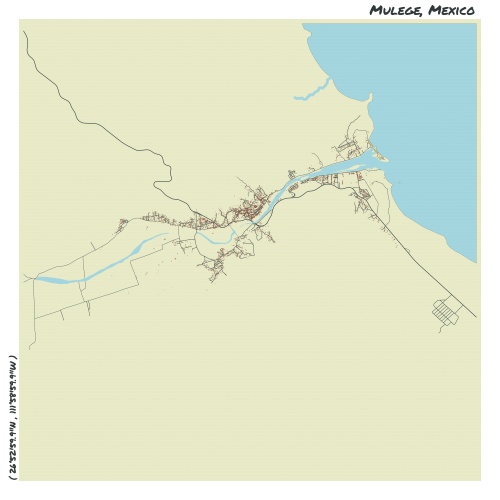
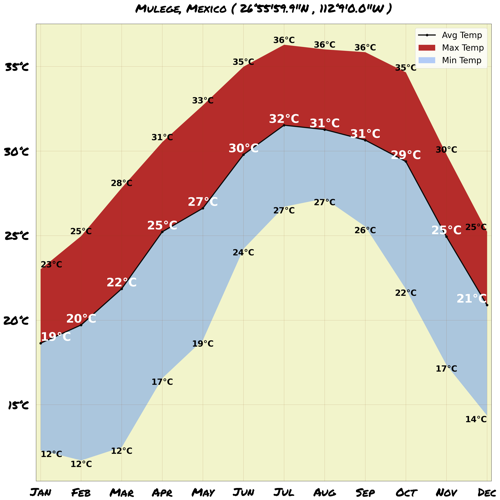

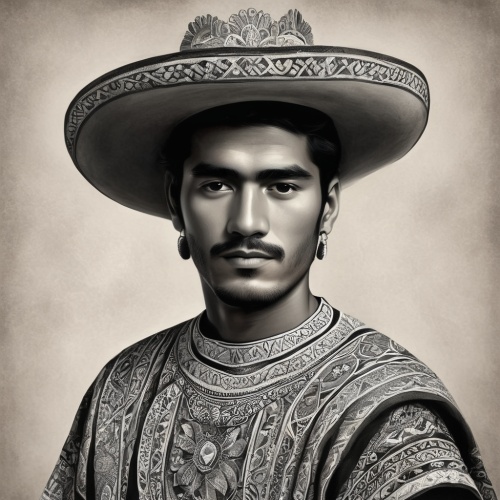

Comments
NO COMMENTS